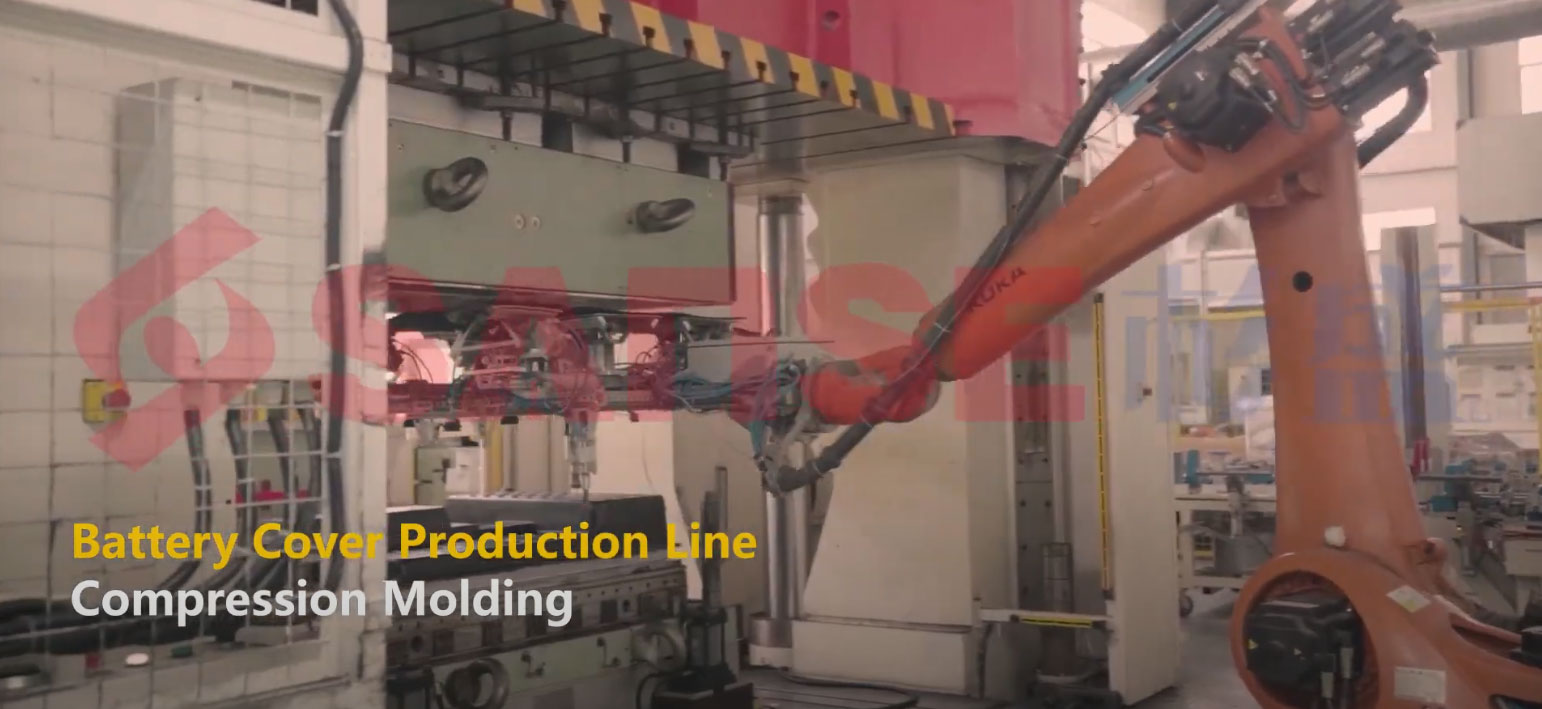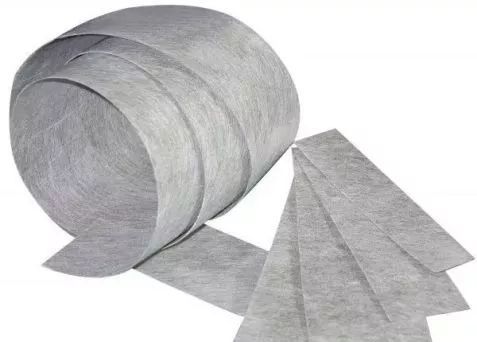Compression molding is a widely used manufacturing process that has its roots deeply embedded in the production of thermosetting plastics. While it offers several advantages, including cost-effectiveness for high-volume production and the ability to mold large, complex parts, it is not without its challenges. This article delves into the problems associated with compression molding, aiming to provide a comprehensive understanding for those in the manufacturing and materials engineering sectors.
Introduction to Compression Molding
Compression molding involves placing a pre-measured amount of molding material, often in the form of a preheated polymer, into a heated mold cavity. The mold is then closed, and pressure is applied, causing the material to flow and fill the mold cavity. The material is cured under heat and pressure to form a finished part. This process is particularly effective for creating durable, high-strength components used in automotive, aerospace, electrical, and consumer goods industries.
Common Problems in Compression Molding
1. Material Issues
a. Inconsistent Material Properties
The quality and consistency of the raw material significantly affect the final product. Variations in the polymer batch can lead to inconsistent mechanical properties, affecting the performance of the molded part. This inconsistency can stem from differences in the polymer's molecular weight distribution, filler content, or moisture levels.
b. Material Flow Challenges
Compression molding relies on the material flowing uniformly to fill the mold cavity. However, achieving uniform flow can be challenging, particularly for complex geometries. Poor flow can result in incomplete filling, leading to defects such as short shots or weak areas in the final part.
2. Mold Design and Maintenance
a. Complex Mold Design
Designing molds for compression molding can be intricate, especially for parts with complex shapes or tight tolerances. Inadequate venting in the mold can cause air entrapment, leading to voids or surface defects. Additionally, ensuring uniform heat distribution throughout the mold is critical to avoid localized curing variations.

b. Mold Wear and Tear
Molds are subjected to high pressures and temperatures, which can lead to wear and tear over time. Regular maintenance is essential to prevent defects such as flash (excess material that escapes from the mold cavity) and to ensure the mold continues to produce parts within the desired tolerances.
3. Process Control Issues
a. Temperature Control
Maintaining consistent mold temperatures is crucial for the curing process. Variations in temperature can result in uneven curing, affecting the part's mechanical properties and dimensional accuracy. Advanced temperature control systems are often required to manage this aspect effectively.
b. Pressure Control
Similarly, applying the correct pressure uniformly across the mold is vital. Insufficient pressure can lead to incomplete filling and poor surface finish, while excessive pressure can cause material degradation or flash formation.
4. Cycle Time and Efficiency
a. Long Cycle Times
Compression molding typically has longer cycle times compared to other molding processes like injection molding. The curing stage, in particular, can be time-consuming. This can limit production efficiency and increase costs, especially for high-volume production runs.
b. Automation Challenges
While automation can enhance efficiency, integrating automated systems in compression molding can be challenging. The need for precise placement of the molding material and the variability in part geometries can complicate automation efforts.

5. Environmental and Safety Concerns
a. Volatile Organic Compounds (VOCs)
The use of certain thermosetting resins can release VOCs during the molding process, posing environmental and health risks. Effective ventilation and protective equipment are necessary to mitigate these risks.
b. Handling and Disposal of Waste
Compression molding can generate significant amounts of waste, including flash, sprues, and defective parts. Proper handling and disposal of this waste are essential to comply with environmental regulations and maintain a safe working environment.
Mitigating Compression Molding Problems
1. Material Selection and Preparation
Choosing high-quality, consistent raw composite materials and ensuring they are properly preheated and conditioned can minimize material-related issues. Collaborating closely with material suppliers to maintain quality standards is also beneficial.

2. Advanced Mold Design
Investing in advanced mold design techniques, including computer-aided engineering (CAE) simulations, can help identify potential issues early in the design phase. Incorporating effective venting and uniform heating systems in the mold can improve part quality.
3. Enhanced Process Control
Implementing sophisticated temperature and pressure control systems can ensure consistent curing and reduce defects. Regular calibration and maintenance of equipment are also crucial.
4. Cycle Time Optimization
Exploring ways to reduce cycle times, such as optimizing the curing process and employing rapid heating and cooling systems, can enhance production efficiency.
5. Environmental and Safety Measures
Adopting eco-friendly materials, improving ventilation, and implementing stringent waste management practices can address environmental and safety concerns.
Conclusion
While compression molding presents several challenges, understanding and addressing these issues can lead to significant improvements in part quality, production efficiency, and overall process sustainability. By focusing on material consistency, mold design, process control, and environmental considerations, manufacturers can optimize their compression molding operations and achieve better outcomes.
